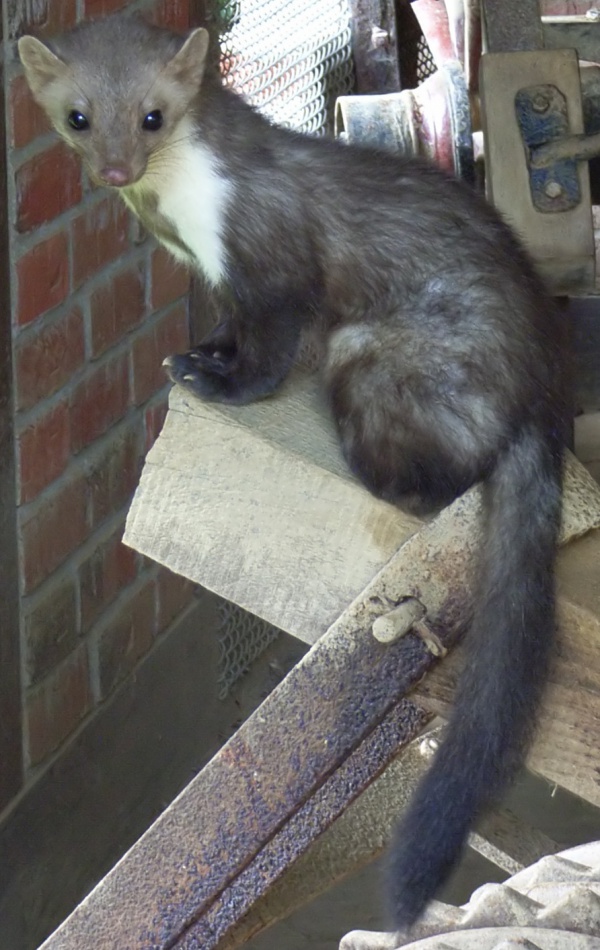Facts About Beech marten
The beech marten, also known as the stone marten, house marten, or white-breasted marten, is a captivating species native to Europe and Central Asia. Intriguingly, there is also a feral population in North America. Thanks to its extensive distribution, substantial numbers, and occurrence in protected areas, the IUCN has classified it as Least Concern.
When compared with the pine marten, the beech marten is smaller and more versatile. It thrives in a range of environments, including open landscapes and forests. Evolutionarily, it likely originated in the Near East or southwestern Asia and spread to Europe during the Late Pleistocene or early Holocene. Over time, the species evolved to become smaller and more carnivorous.
The beech marten is primarily nocturnal and crepuscular, making it most active during twilight and night. It is an adept climber and swimmer, though it predominantly hunts on the ground. Its diet is diverse, consisting of plant material, rodents, and birds. It coexists with the pine marten by occupying distinct ecological niches. However, beech martens are known for causing mischief—they have damaged vehicles and even disrupted operations at the Large Hadron Collider on two occasions.
Occupying territories from Spain to China, the beech marten has adapted to a variety of habitats. Although it is valued in the fur trade, its pelt is not as prized as those of the pine marten or sable. Nonetheless, what it may lack in fur quality, it compensates with its intriguing behaviors and evolutionary history, making it a unique member of the mustelid family.

 Israel
Israel